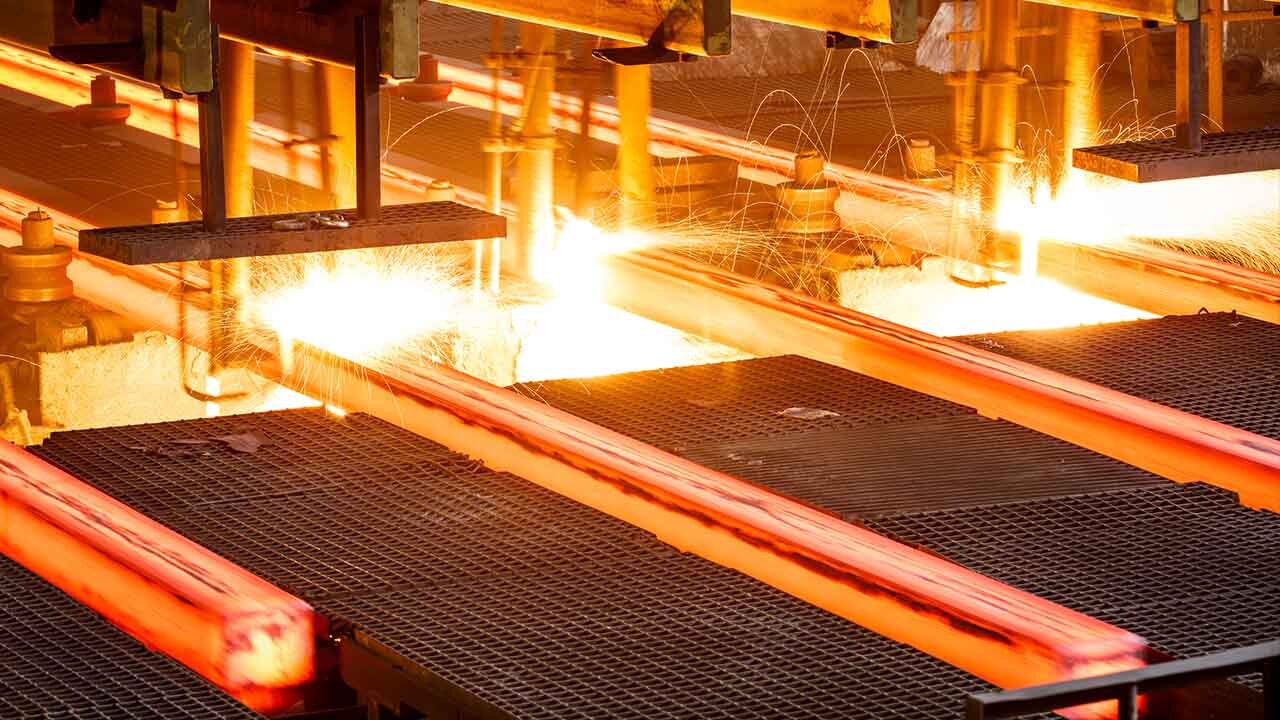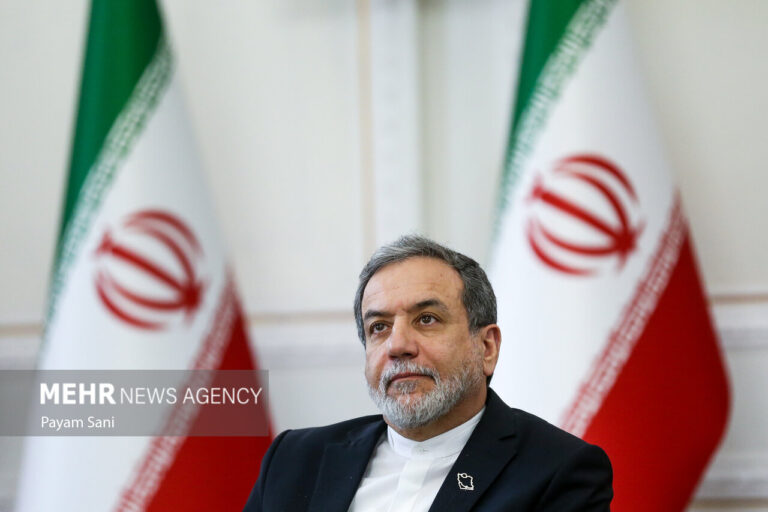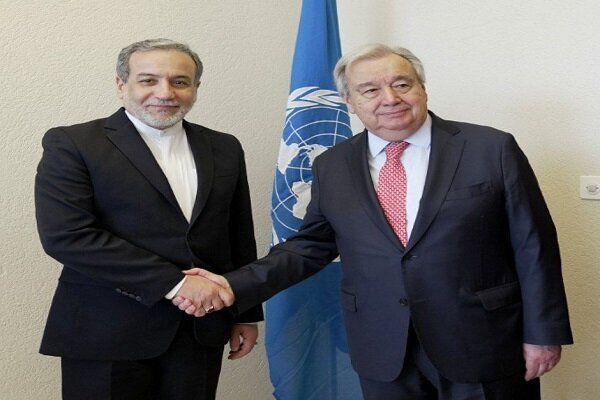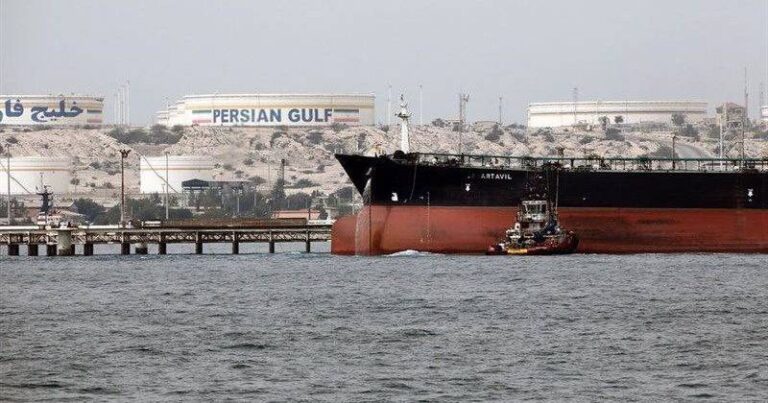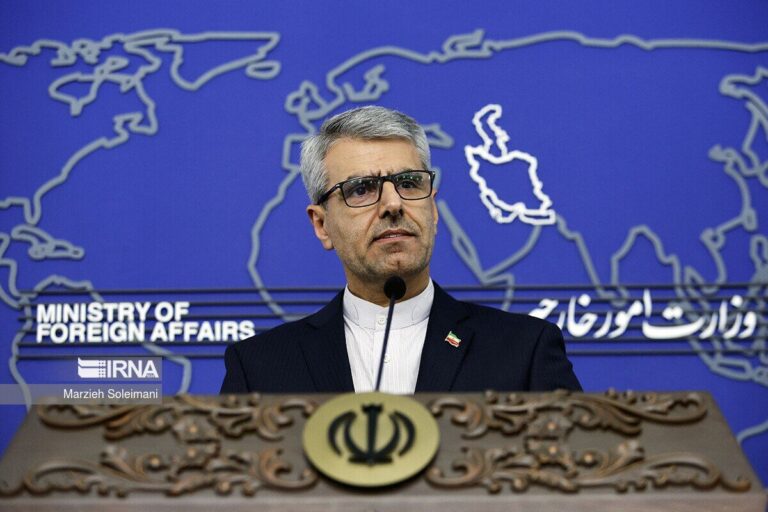Iran Shuts Down Cement and Steel Production: A Strategic Move for Economic Stability
In a significant development, the Iranian Interior Ministry has mandated a reduction in electricity supply to major manufacturers, including the cement and steel industries. This decision comes as the nation grapples with an unprecedented surge in electricity demand amidst soaring temperatures.
According to Tejarat News, a reputable economic website, the decree requires large manufacturers to curtail their electricity consumption to just 10% of their normal demand for a duration of 15 days, commencing on May 15. This restriction has raised concerns among industry leaders regarding its potential impact on production levels.
The Iranian Association of Cement Producers has confirmed the news, indicating that such limitations will undoubtedly hinder output across the cement industry. Alongside this, two prominent steel mills have voiced their apprehensions, stating they may be compelled to halt production activities within the next two weeks due to the electricity constraints.
This move to limit electricity for industrial use is driven primarily by a surge in household electricity usage. As temperatures in Iran have soared to record levels recently, millions of households have turned on their air conditioning systems earlier than anticipated, further straining the electricity grid.
Key Points of the Situation:
- The Iranian Interior Ministry has ordered a 90% reduction in electricity supply for large manufacturers.
- The restrictions will affect cement, steel, and aluminum production significantly.
- Peak electricity demand has reached an unprecedented 60.709 gigawatts in recent days.
- Last summer, electricity consumption peaked at a historic 85 gigawatts, comparable to industrialized nations.
Iran’s Industries Minister, Mohammad Atabak, has publicly criticized this decision, emphasizing that the cement, steel, and aluminum sectors are poised to suffer serious repercussions due to these power supply reductions. Atabak’s concerns highlight the broader implications for the Iranian economy, which relies heavily on these industries for growth and employment.
In response to the electricity shortages, sources from the Iranian Energy Ministry have indicated that the supply is expected to see a significant increase by mid-June, coinciding with the completion of necessary repairs at power plants. This timeline suggests that the current restrictions may be a temporary measure as the government seeks to balance household demand with industrial needs.
The recent spike in electricity consumption is alarming. On Tuesday, the Iranian Energy Ministry reported that electricity demand peaked at 60.709 gigawatts, marking an increase of nearly 6 gigawatts from the same day last year. This trend is indicative of a growing need for energy resources as the Iranian population experiences rising temperatures.
Historically, Iran’s peak electricity demand reached a staggering 85 gigawatts last summer, a figure comparable to that of industrialized nations like Germany and significantly higher than the averages seen in populous countries such as Egypt, where the electricity usage is roughly one-third of Iran’s. This comparison underscores the pressing need for Iran to enhance its energy infrastructure to meet the current and future demands of both residential and industrial consumers.
As the situation develops, it is crucial for stakeholders in the manufacturing sector to prepare for potential disruptions. The Iranian government’s actions, while aimed at addressing immediate energy shortages, raise questions about the long-term viability of industrial operations under such constraints. The balancing act of ensuring sufficient power supply for both households and industries will continue to be a challenge for Iranian authorities.
Industry experts are closely monitoring the ramifications of the Interior Ministry’s decree, as the potential for halted production could have cascading effects on the economy. The cement and steel industries are vital for construction and infrastructure development, and any significant drop in output could hinder ongoing projects and economic growth.
In conclusion, the Iranian government’s recent decision to reduce electricity supplies to large manufacturers is a response to soaring household demand amid extreme weather conditions. While this measure aims to prioritize residential needs, it poses risks to vital industries, prompting concerns from industry leaders and government officials alike. As the nation looks ahead to mid-June for potential relief in electricity supply, the focus will be on how these industries navigate the immediate challenges posed by these restrictions.
